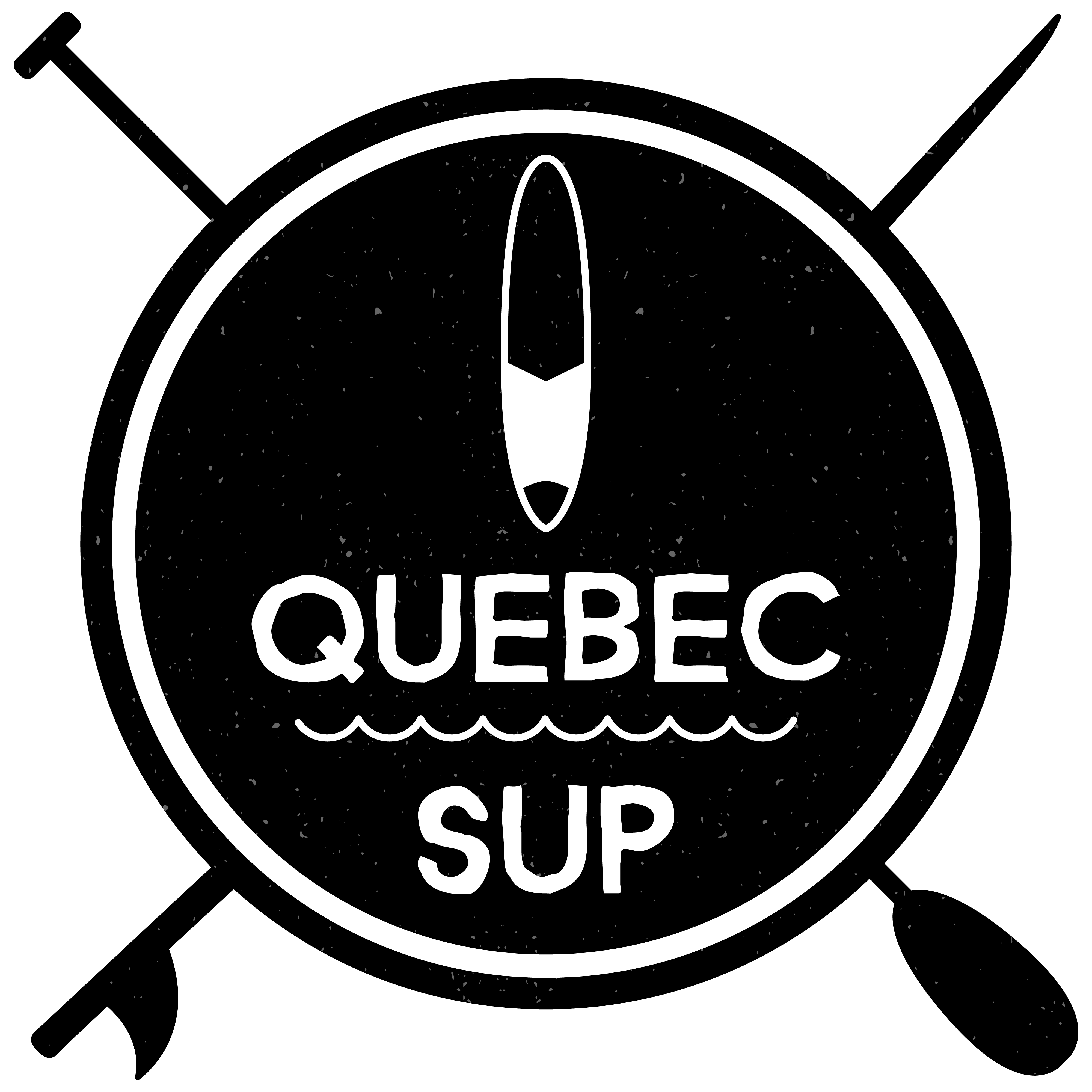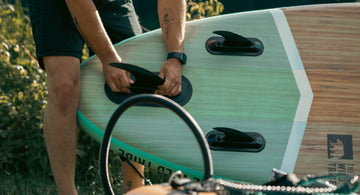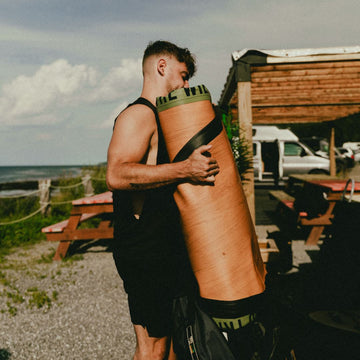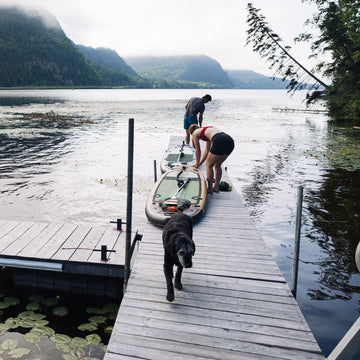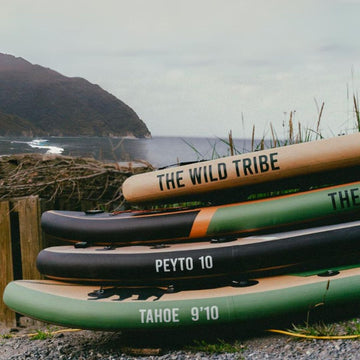We get this question a lot at our store or in our online chat: But how do I decide how many fins I need for my paddle board?
Generally, the number of fins you need depends on where and how you are going to play the sport.
What are paddle board fins used for?
It's simple, the fin on your board allows you to steer. Here's how. An object in the water creates resistance on all sides. But, by making this object very thin (like the shape of a fin), the drag is only created on the left and right sides and no longer on the front.
It is this drag that occurs on either side that slows down any movement that would want to go only to the left or only to the right and which, by default, gives more forward stability. This is also why fins are always placed at the back of a board (or boat)
The number of fins you use therefore depends on the amount of left and right movement you desire.
The ideal number of fins needed for all-around water cruising, and why?
As a beginner in paddle boarding you will mainly focus on balance and standing. Then you move on to practicing pivot turns. The best style of paddle board is called all-around (round nose).
These boards usually come with a single large center fin or with the option of 2 removable side fins, which is ideal for practicing paddling and turning on reasonably calm waters. A board with 1 fin will be easier to turn than a board with 2, 3 or 4 fins.
Ideal number of fins for paddle boards for touring, Touring type, and why?
The touring type (pointed nose) is more focused on distance and speed than maneuverability, which is why the large central fin is always used, but also two smaller side fins. This gives the board more stability and, believe it or not, makes it faster. But it is more difficult to turn with 3 ailerons than with just one, because the lateral drag is greater.
Why paddle board with more fins is better than just one? The water flows along the bottom of the board and as it passes through the front of the fin a void forms at the back of the fin causing a small swirl of water which creates water. streak.
With multiple fins, this still happens with the center fin, but the side fins direct more water toward the center of the board, filling the void behind the center fin. This eliminates or greatly reduces the swirl that creates drag and without that drag more speed is achieved.
How does the number of fins create a change?
As we said before, you can have up to four fins on your board at a time. But how does the number of fins create such a big change?
We're going to go over the benefits each number can give you so you can decide how many fins you'll actually need when you get out on your board again.
Keep in mind that your board comes with fins that you can remove and swap. By taking advantage of this possibility, you will be able to completely change the way your board turns and gains speed. The smaller the fins, the more you will be able to take tight turns and gain speed. Larger fins allow the user to have a better grip on the waves you are riding.

- Zero-Aileron
It is not uncommon for many riders to claim that it is the purest form of paddling. It is often called "Free-Fin" and uses the paddle to steer the board without a fin. In our experience, you often have to change the paddle from side to side to try to stay in a straight line.
- A Fin
The configuration with a fin is considered a classic. The ''mono fin'' configuration is always with a larger central fin. It gives you the best of stability and flexibility to pivot and turn. The downside is that it is not as stable as a 3-fin setup or as flexible as a 0-fin setup.
- Two Fins
This style came about after paddle boards started getting shorter. It's not very common, but worth mentioning. It's more used for rougher water, like surfboarding, where you need more flexibility to kick the board, while still maintaining some stability.
- Three Fins
A group of three fins is often called "Thrusters" and this name is a telltale sign of the speed you are capable of gaining. Many professionals prefer three fins to four, because Thrusters give you better maneuverability (turning) than four. There are two small fins placed opposite each other in the center, with the larger one placed at the rear for better handling. They are also called 2+1 for the number of fins they have.
- Four Fins
The side fins in more detail:
Side fins are important for maintaining control of your board on different bodies of water. This means that the board you take to the lake with may be the same board you take for a ride on the ocean waves. They are designed to increase the maneuverability of the board and prevent it from moving from left to right when you get on your board.
They are often called "Side-Bites" because they are much smaller than typical fins. When you look at them, you will notice that one of them is round while the other appears to be flat. It is this configuration with the opposing fins that makes the board slide like an airplane wing on the water.
When the water hits the rounded fin, it is forced to travel a greater distance to reach the rear fin than the water around the flat fin. The forward angle of the fins goes hand in hand to give the user considerable speed.
Do I need a center fin if I have a side fin?
This is where the type of body of water really matters. You will generally want a center fin for your board even if you have two side fins. For what? Because the central (larger) fin was designed for calmer waters. You won't have the tide bringing you waves, and the (smaller) side fins won't help you develop much momentum.
The reason you need a fin for your board.
Although we have mentioned that paddleboarding without a fin is possible and encouraged by some users, it will not be easy to get around without one. Finless boards are better suited to areas where the water is much calmer. Lakes and rivers are ideal locations for users who do not want to be disturbed by waves.

